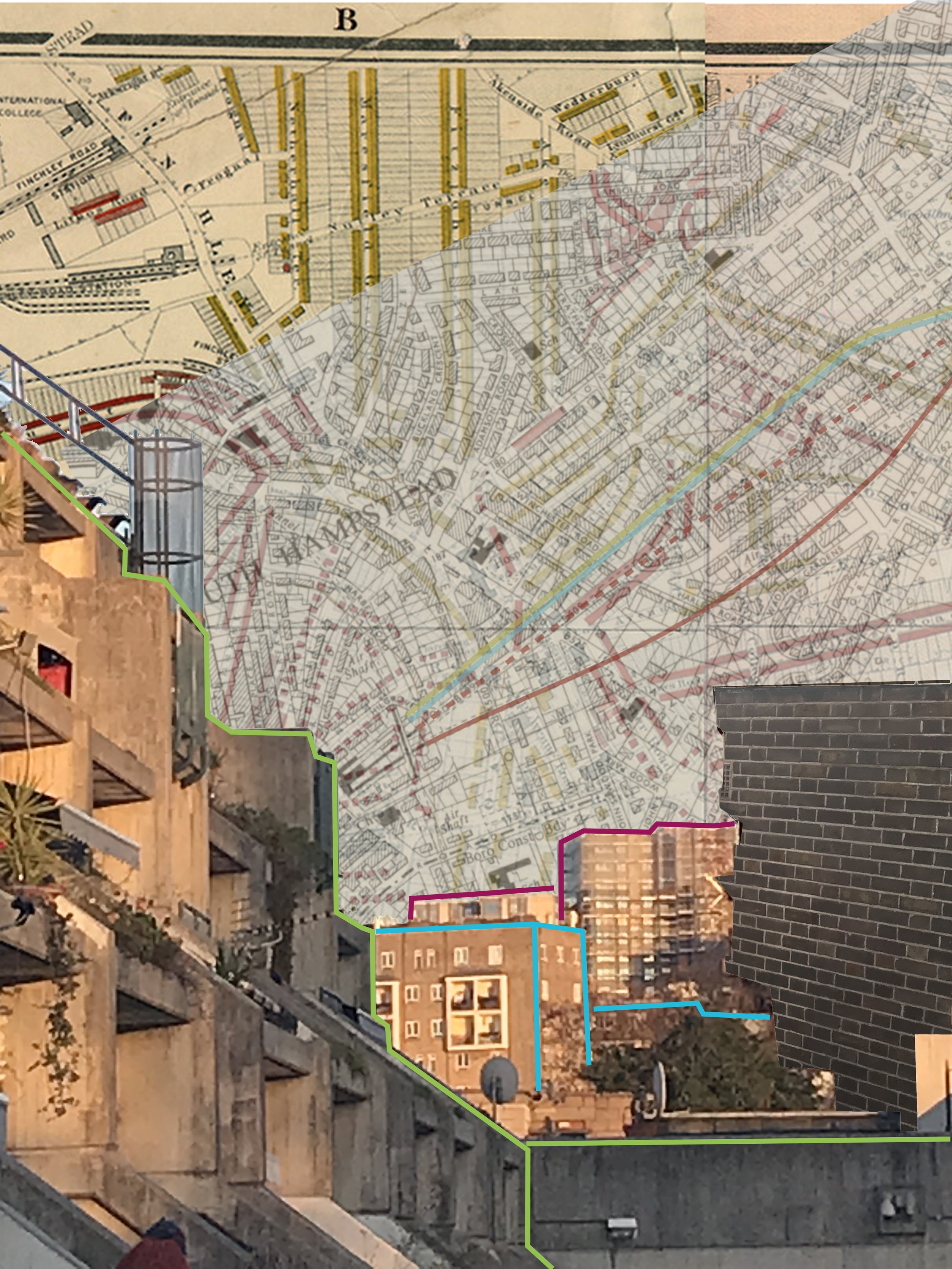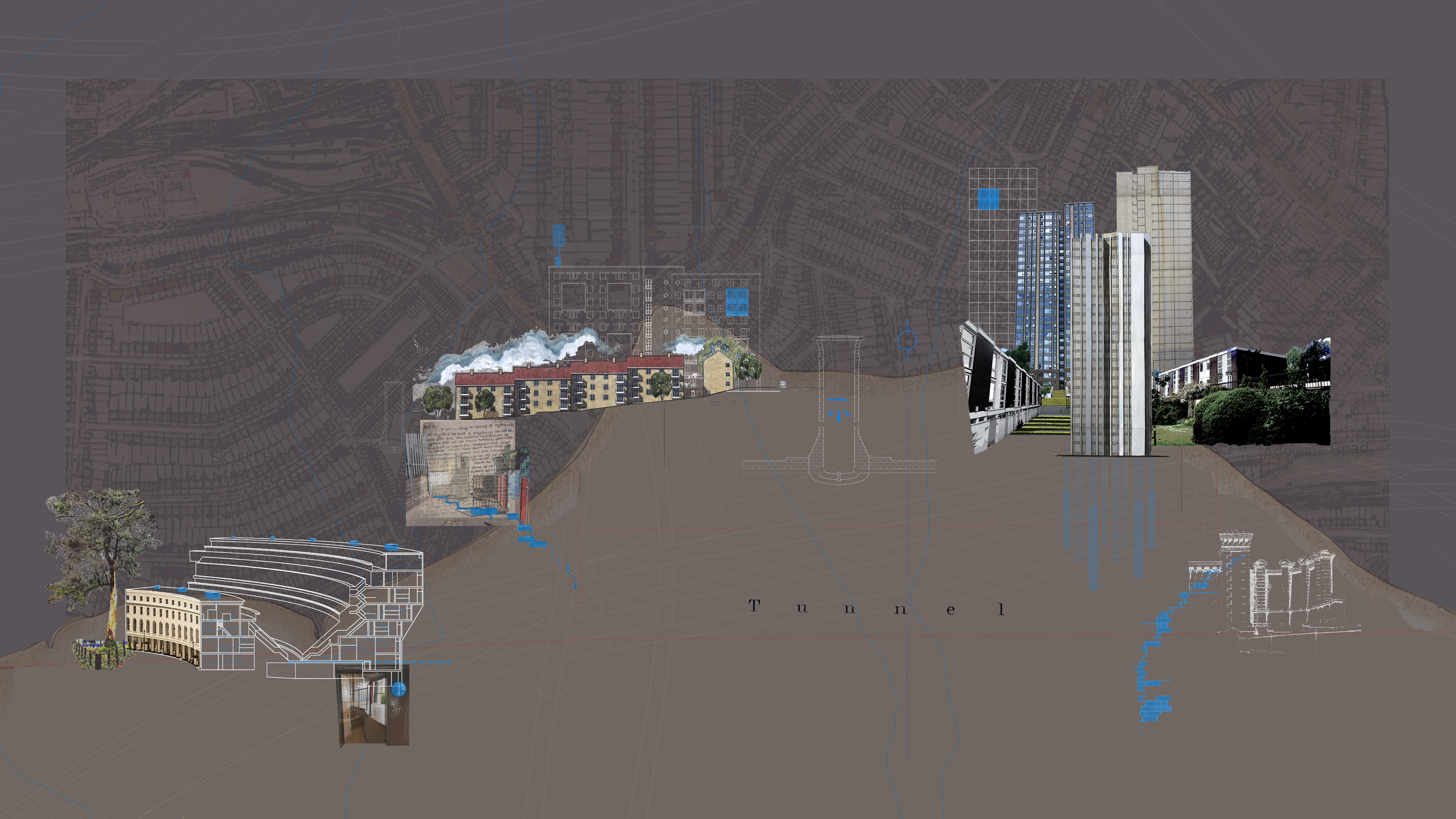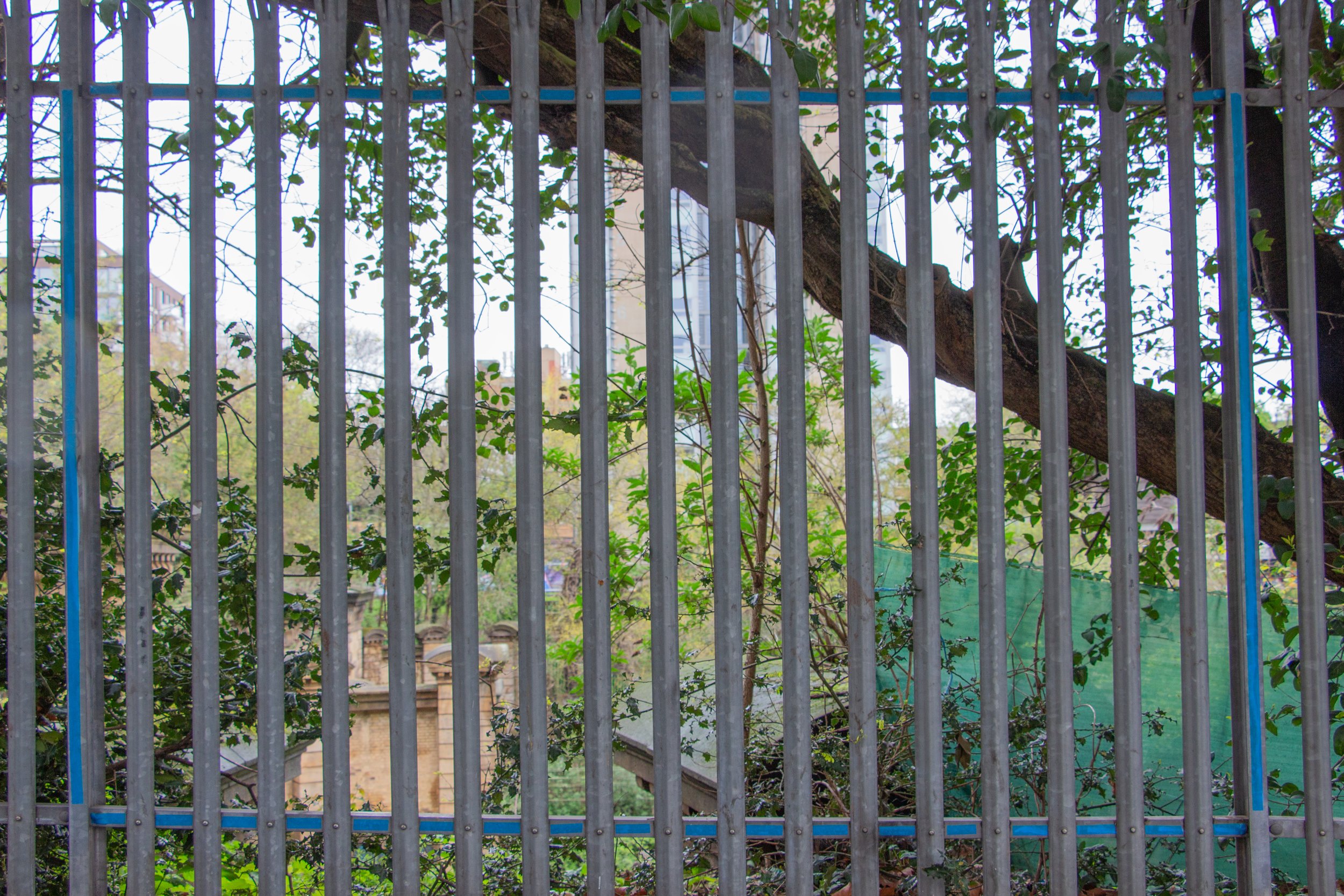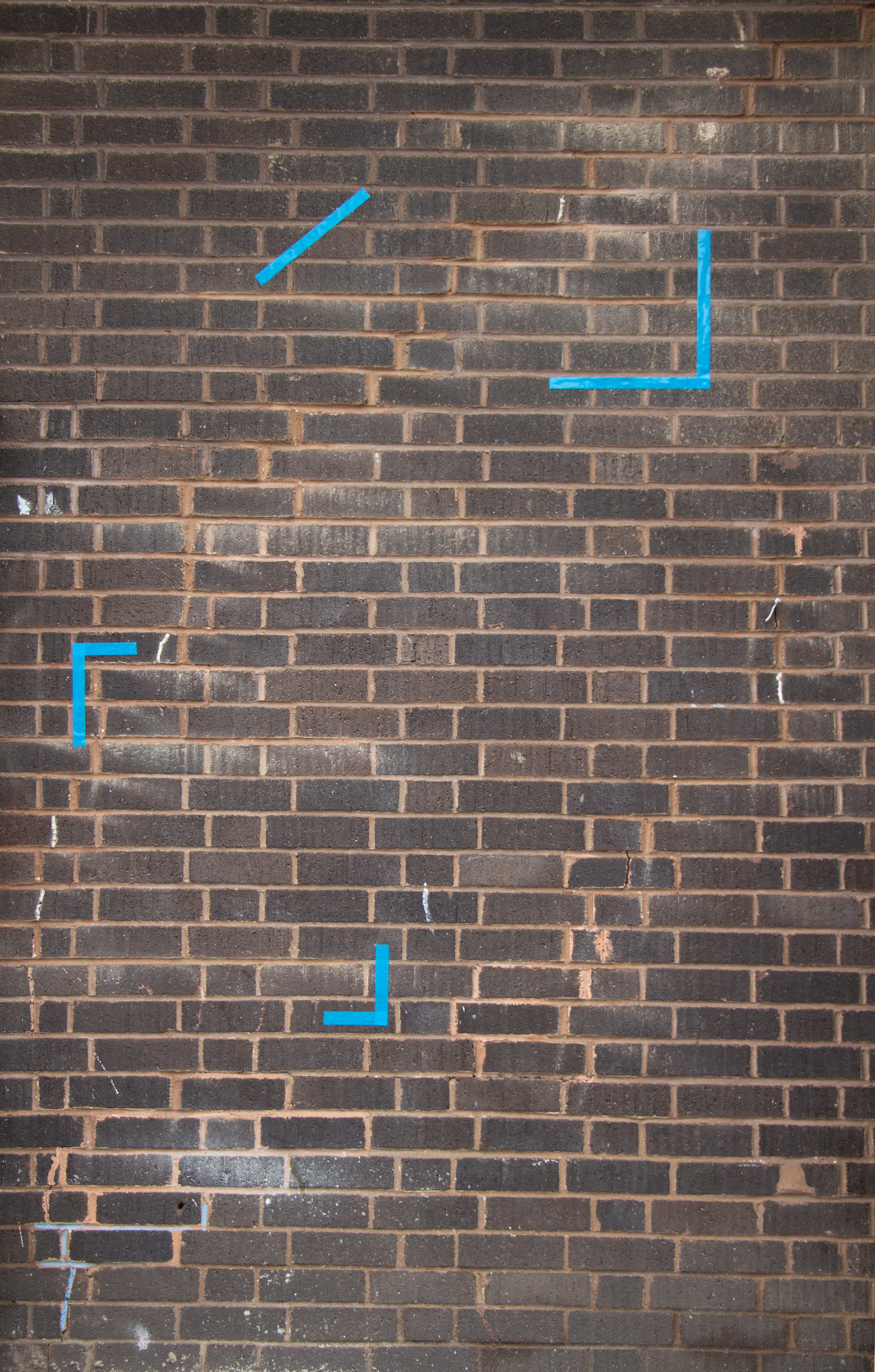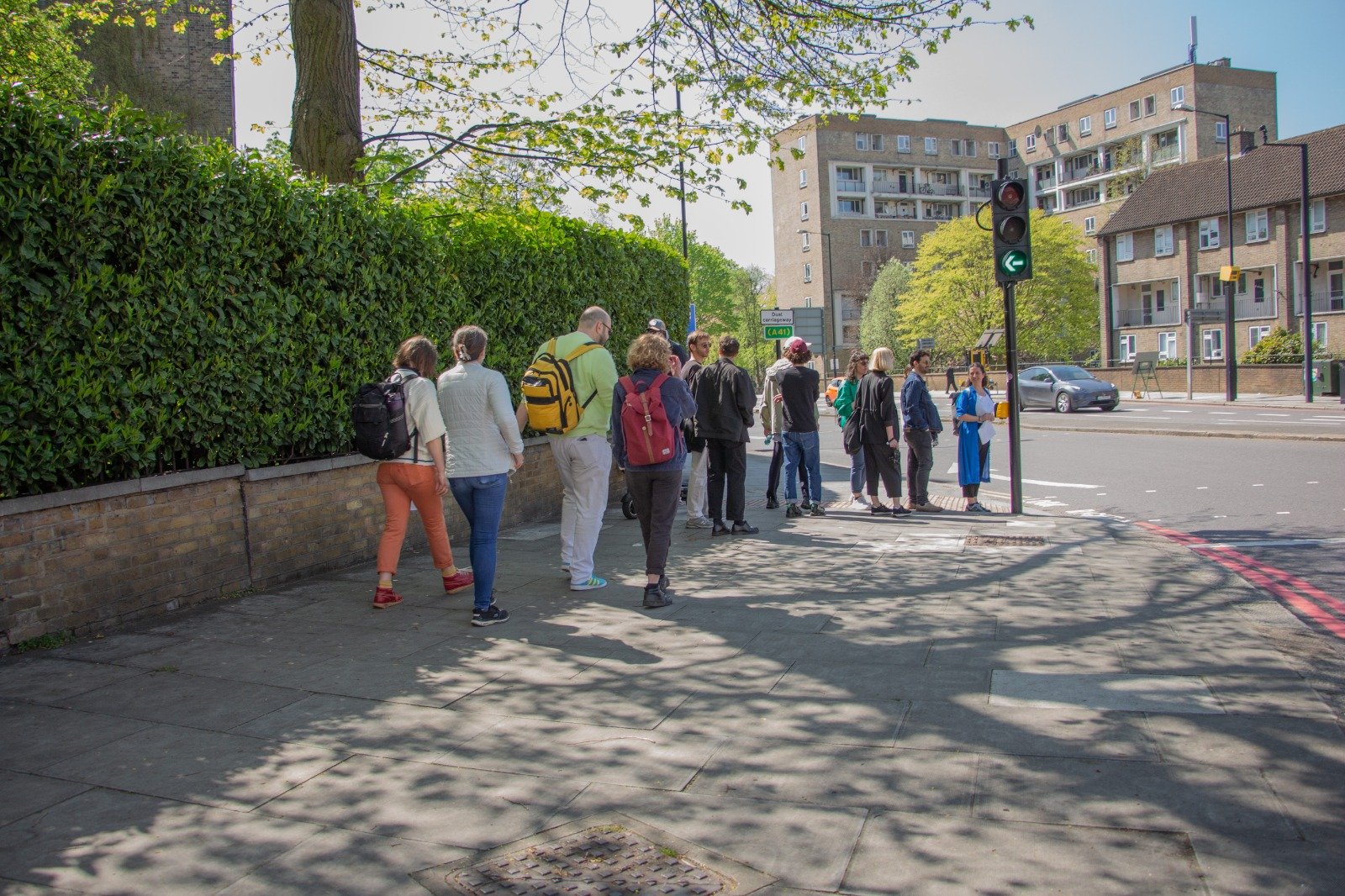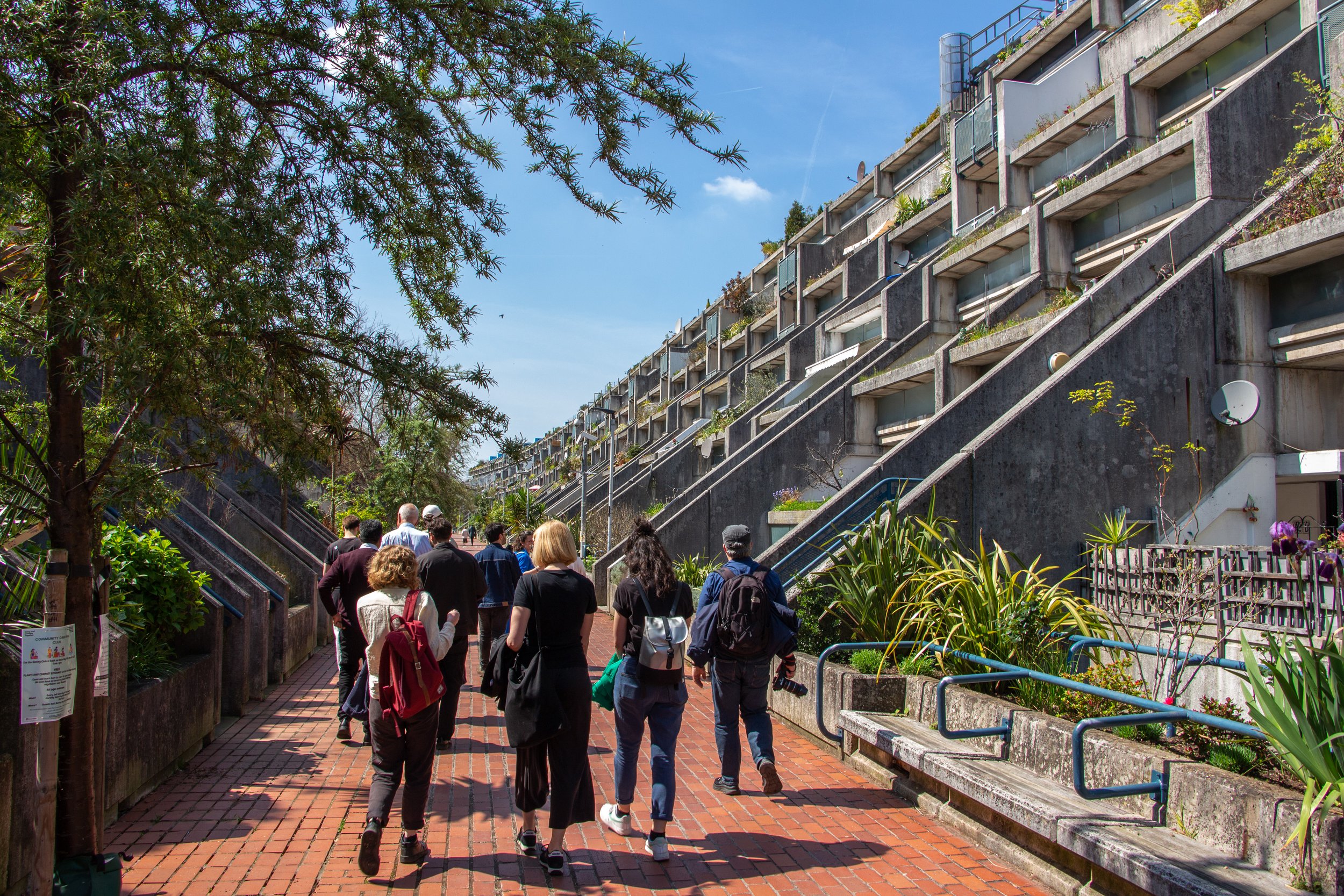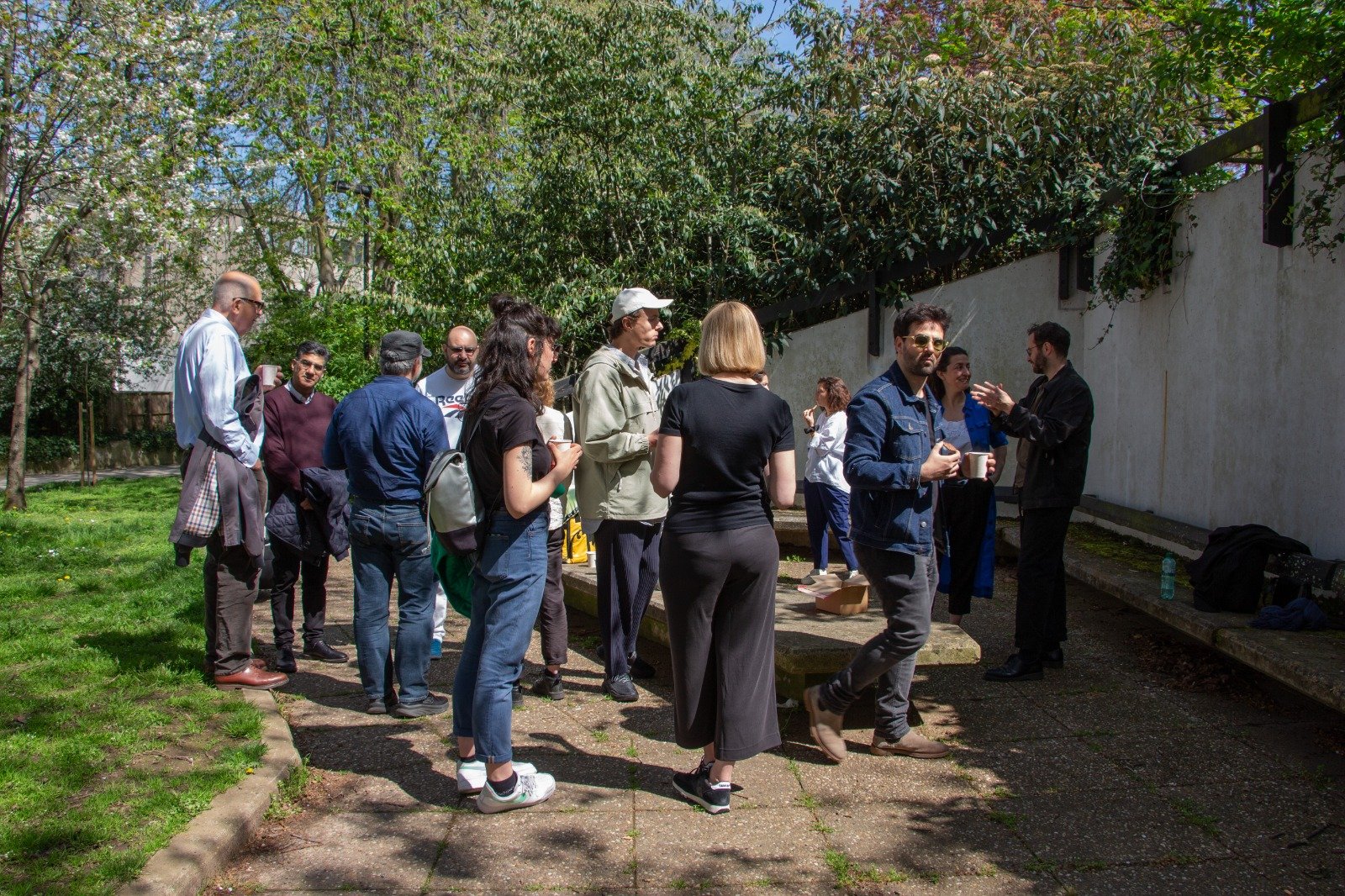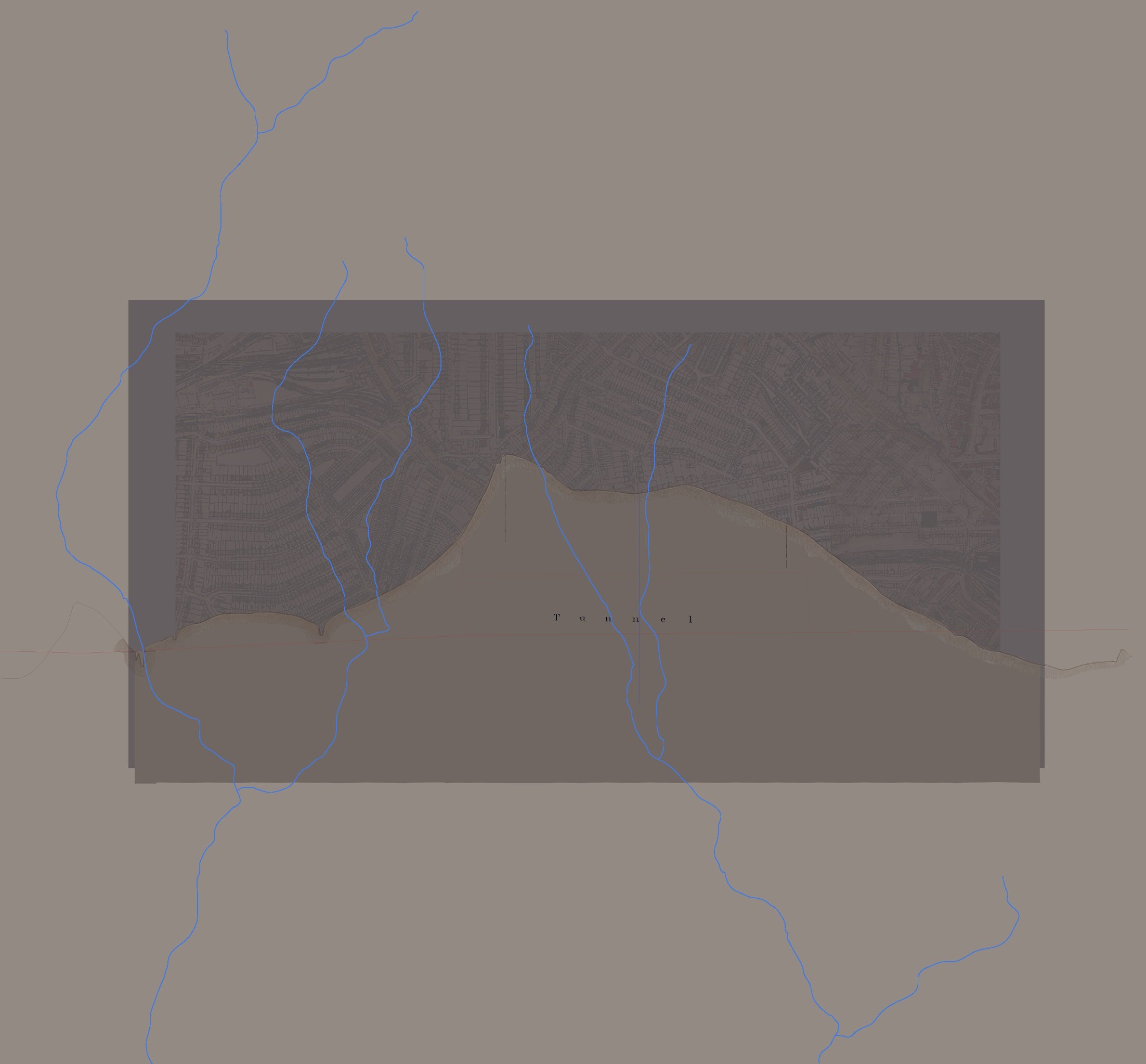
ESTATE ANATOMIES - a survey of rhythms and layers
Experimental mapping for multiple scales and temporalities
Swiss Cottage // Camden // London
January - April 2023
Estate Anatomies is a collaboration between artist Natalia Orendain and the Open City team. Estate Anatomies asks how the built environment shapes how we dwell in the city by looking into three social housing estates in North Camden: Chalcots, Hilgrove and Alexandra Road. All three estates are connected by a dense network of railway tracks carrying people and freight to different parts of London and beyond, and all three have hidden material events - from design elements to buried rivers and telecommunications infrastructure - that bind them.
The Open City project looks at the social and political life of London to test whether the utopian ideal of the Open City exists in real life. It explores issues of race, migration, mobility and living with diversity by considering how the city accommodates new forms of urban life through the social configuration of its spaces and places. The project is a collaboration between four universities: University of Warwick, University of West London, the Open University and the University of Oxford.
Natalia Orendain is a Mexican visual artist, scenographer and researcher. Her artistic research focuses on the subjects of space perception and production, and the performativity within the everyday; making use of immersive, installative and participatory formats to explore the audience’s experience.
Estate Anatomies uses an experimental methodology to access the network of relationships between material and immaterial layers present in the site, acknowledging the temporal scale present in all physical manifestations.
This methodology acknowledges the rippling of historical events through their material evidence, and traces frictions between lived space and urban infrastructure.
By identifying economic or political decisions and their manifestations in design or material form, we can follow how these then intersect with social or vernacular life. Through the data collected by the Open City project, and navigating archival research we offer a visualisation of the interactions of these multiple layers and scales. We call these interactions material events, and see them as an entry point into the complexity of the social and material dynamics at play in the site. Material events are physical elements within the urban environment that are generated by the clash of histories, aesthetic decisions, location and the simultaneous presence of material layers.
Estate Anatomies explores how the three estates’ histories of landownership have shaped their architectures, built forms and infrastructures. Just as the orientation of windows and placement of heating pipes have the ability to influence how we live together, so do the less visible material realities of railway vents and waterwells.
